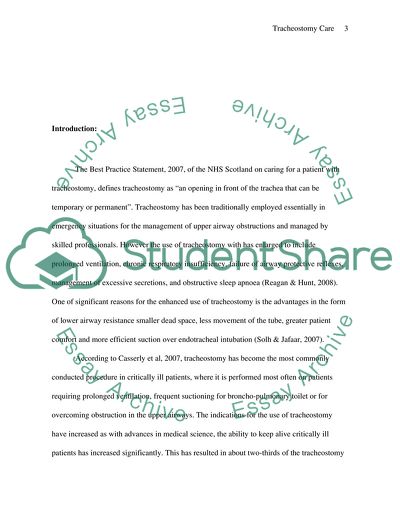Cite this document
(Tracheostomy Care Essay Example | Topics and Well Written Essays - 3500 words, n.d.)
Tracheostomy Care Essay Example | Topics and Well Written Essays - 3500 words. https://studentshare.org/health-sciences-medicine/1715518-care-of-the-tracheostomy
Tracheostomy Care Essay Example | Topics and Well Written Essays - 3500 words. https://studentshare.org/health-sciences-medicine/1715518-care-of-the-tracheostomy
(Tracheostomy Care Essay Example | Topics and Well Written Essays - 3500 Words)
Tracheostomy Care Essay Example | Topics and Well Written Essays - 3500 Words. https://studentshare.org/health-sciences-medicine/1715518-care-of-the-tracheostomy.
Tracheostomy Care Essay Example | Topics and Well Written Essays - 3500 Words. https://studentshare.org/health-sciences-medicine/1715518-care-of-the-tracheostomy.
“Tracheostomy Care Essay Example | Topics and Well Written Essays - 3500 Words”. https://studentshare.org/health-sciences-medicine/1715518-care-of-the-tracheostomy.


